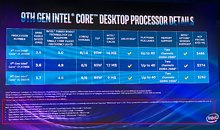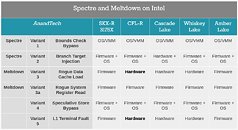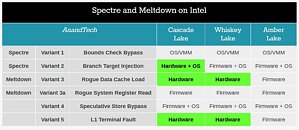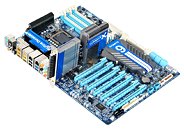
HP Unveils New Spectre x360 Laptops, Peripherals and Series 5 Monitors
Today at CES 2024, HP Inc. ushered in a new era of computing with its latest portfolio of PCs, monitors, and peripherals designed to reimagine how we interact and live with technology.
"We believe that the best innovations are also the most personal ones," said Samuel Chang, Senior Vice President & Division President of Personal Systems Consumer Solutions, HP Inc. "New technologies from HP deliver solutions that allow us to be more personalized than ever, taking advantage of game-changing innovations like AI that will alter the way that technology moves us forward."
"We believe that the best innovations are also the most personal ones," said Samuel Chang, Senior Vice President & Division President of Personal Systems Consumer Solutions, HP Inc. "New technologies from HP deliver solutions that allow us to be more personalized than ever, taking advantage of game-changing innovations like AI that will alter the way that technology moves us forward."









































